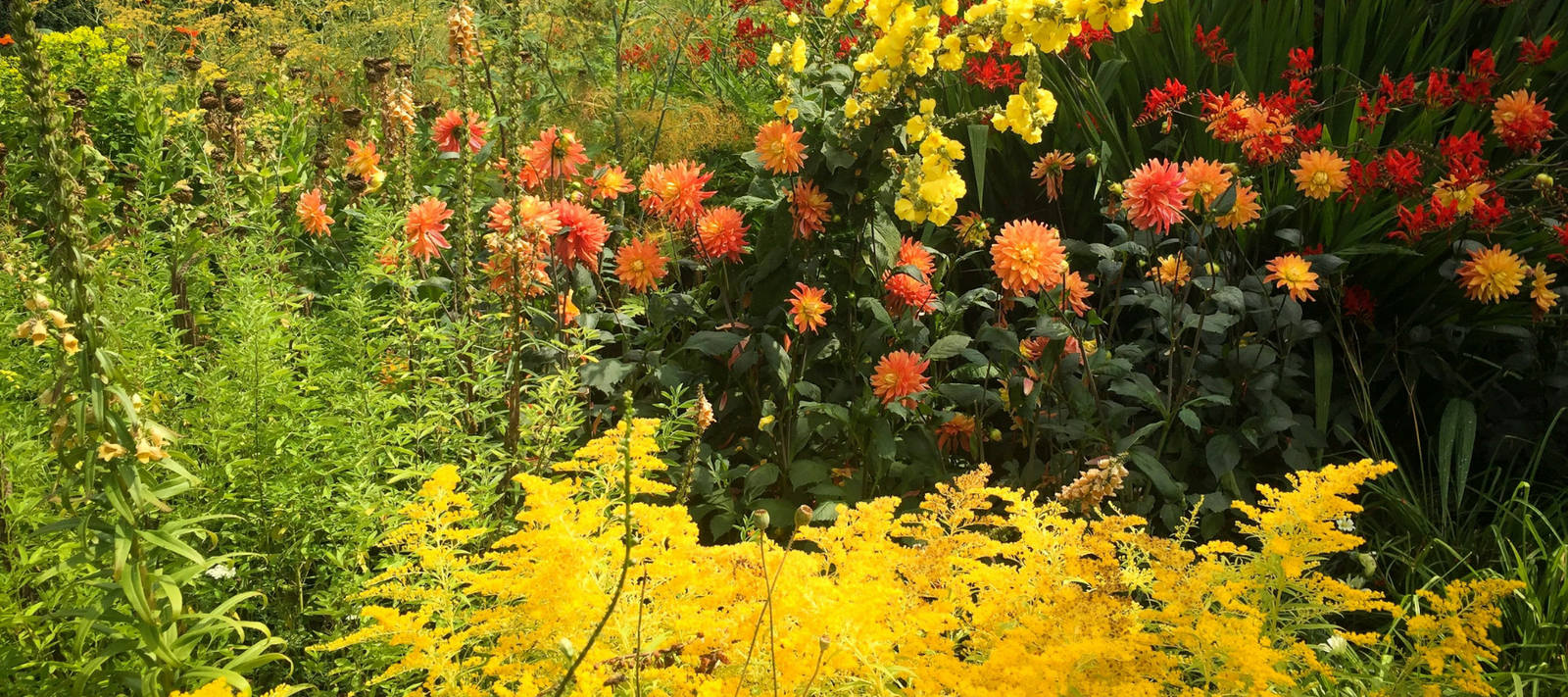
I thought in my pride, as the Psalmist might have said, ‘Yet another’. I was about to use it to light the fire. But it would have been discourteous not to read it first, and now I have kept it.
A visitor had sent an article from the Canadian City and Country Home about Sissinghurst, one of the best-known gardens in the world.


